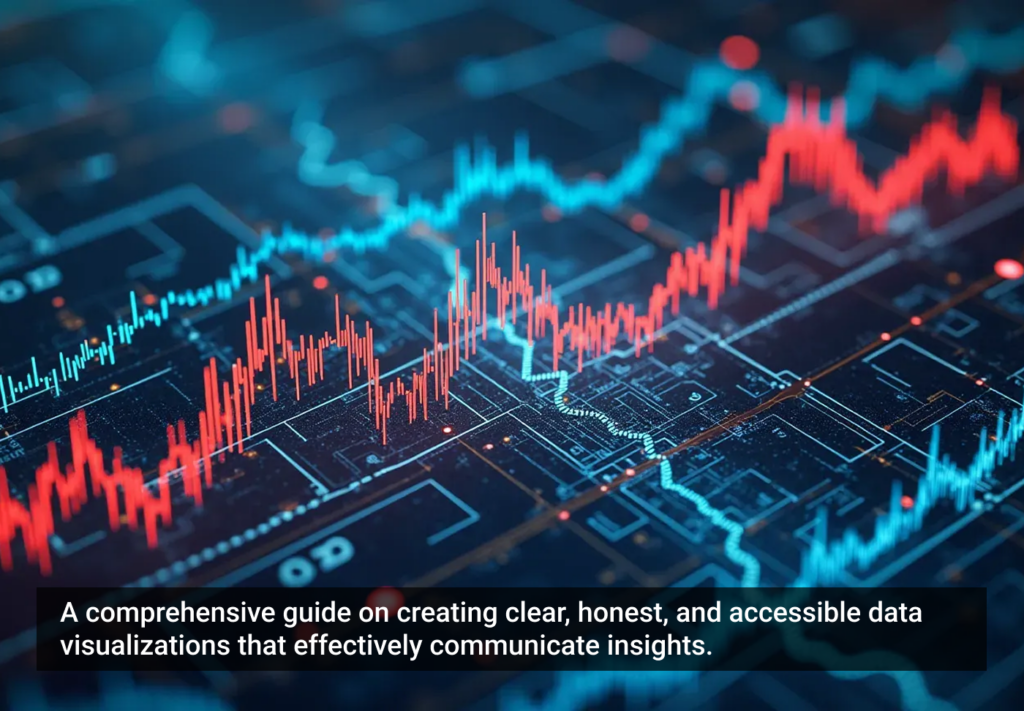- Data Science, Data visualization, Design Process, UI Design, UX Design
Data visualization isn’t just about charts — it’s about telling a clear and compelling story. This article unpacks a wide spectrum of essential principles for making data easy to understand, honest, and engaging. Ready to transform complex numbers into meaningful insights?
Article by Jim Gulsen
The Ultimate Data Visualization Handbook for Designers
- The article serves as a comprehensive guide for elevating visualization work, combining technical expertise with design principles to help designers transform raw data into meaningful insights.
- It provides a point of reference for strategies, methods, and best practices to create more effective and impactful data visualizations.
- The piece recommends tools and resources that design professionals can immediately implement to enhance the clarity and persuasiveness of their data storytelling.
Share:The Ultimate Data Visualization Handbook for Designers
Share this link
- April 8, 2025
23 min read







